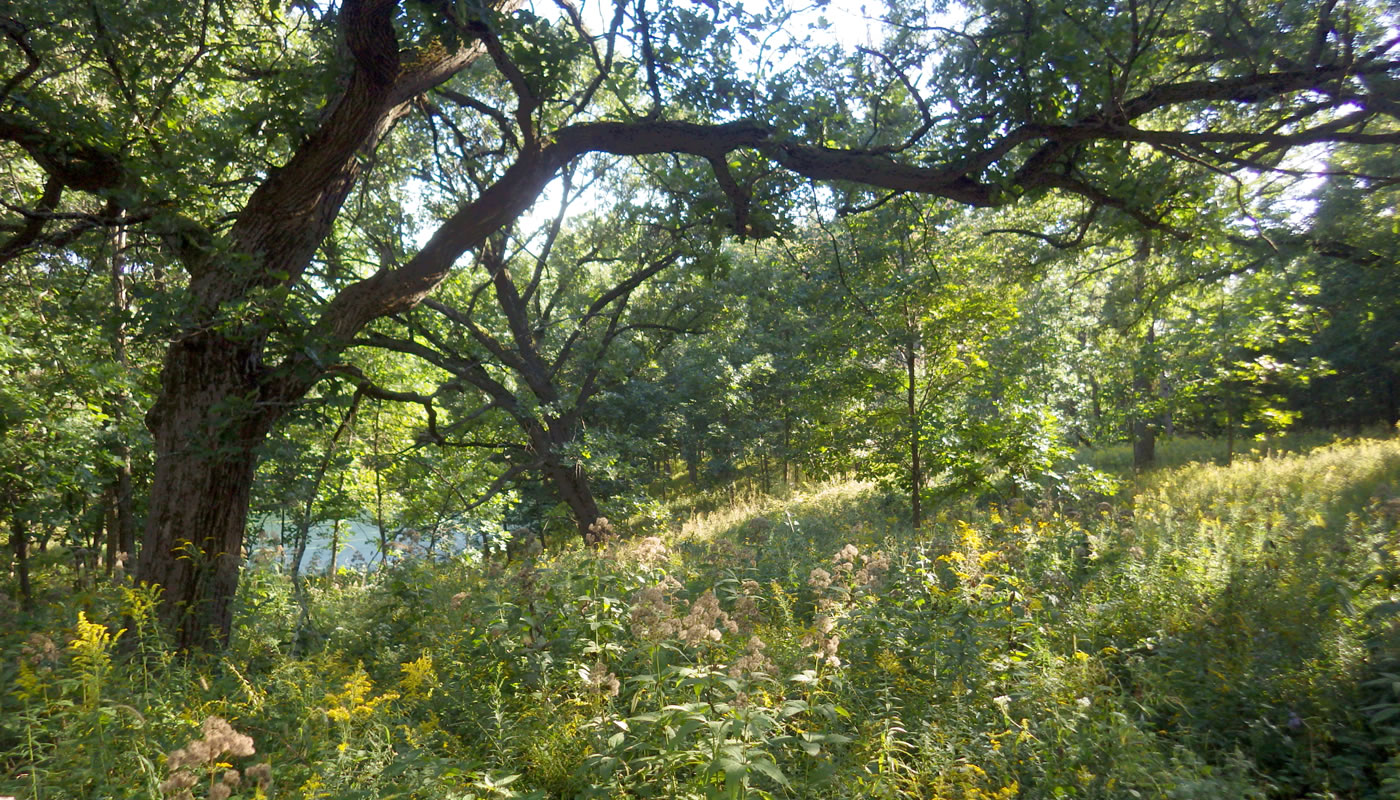Illinois has experienced a 1°F increase in average annual temperature since the beginning of the 20th century. According to recent climate projections published by the National Oceanic and Atmospheric Administration (NOAA) and other authoritative scientific organizations, if global emissions of greenhouse gases continue to rise, historically unprecedented warming is anticipated in the Midwest region in the next few decades. Along with a projected rise in annual temperature, studies also project that the region likely will experience increased events of extreme precipitation during winter and spring, and intense summer droughts.
When faced with such dire predictions, the inherent drive of the Forest Preserves to preserve and protect natural spaces for current and future generations led to its development of a Sustainability & Climate Resiliency Plan (2018). The plan was produced in collaboration with the Technical Assistance Program of the Illinois Sustainable Technology Center (ISTC), a division of the Prairie Research Institute at the University of Illinois at Urbana-Champaign.
The Sustainability & Climate Resiliency Plan hinged upon an overall goal to reduce Forest Preserve greenhouse gas (GHG) emissions by 80% by 2050 from a 2016 baseline. It also identified a roadmap for Forest Preserve lands to be resilient in a changing climate, recognizing that such conditions will significantly impact land management operations as the range and distribution of species shift, along with availability of water and other key aspects of the local ecosystem.
The forests and natural habitats within Forest Preserve lands absorb atmospheric carbon dioxide and store it in the form of biomass. A 2004 study conducted by the Chicago Metropolitan Agency for Planning (CMAP) that calculated the value of green infrastructure of the region found that, “with nearly 70,000 acres of land, the Forest Preserves’ ecosystems absorb 1,544,887 tons of CO2 annually.” This fact, along with Preserves’ commitments to both increase GHG absorption capacity through land acquisition and restoration efforts while also reducing GHG emissions from operations, seemingly made the Forest Preserves well prepared to mitigate and adapt to regional impacts of climate change.
The findings presented in a 2018 special report from a United Nations International Panel on Climate Change (UN-IPCC) made it clear that even these ambitious commitments might not be adequate. On January 22, 2019, in response to the UN-IPCC report, which demonstrated that the consequences of climate change will become irreversible in 12 years if global carbon emissions are not immediately and dramatically reduced, the Forest Preserves of Cook County Board of Commissioners unanimously adopted a Net Zero Resolution. This resolution revises the 80% greenhouse gas (GHG) emissions reduction goal to netzero by 2050, as well as reducing facility GHG emissions by 45% and being 100% reliant on renewable energy for its building portfolio by 2030.
To help us accomplish these goals, we developed a Clean Energy Framework (2021) with ISTC, modeled after Cook County’s framework. In May 2021, the Forest Preserves of Cook County Board of Commissioners officially adopted the Clean Energy Framework, which documents existing conditions through a needs assessment and review of current initiatives, prioritizes renewable energy options and creates a roadmap to achieving our 2030 and 2050 goals.

